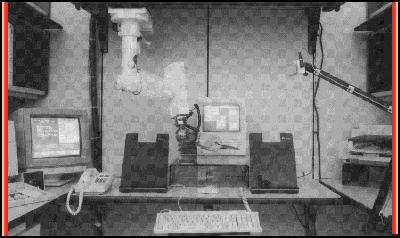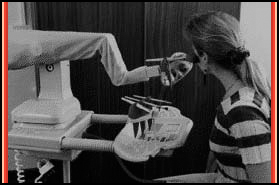Current State of Robotics
Looking at the world, which lies all around, one notices the freedom of movement
found in everything but how would the world be perceived for a person who no longer
has the ability to move their arms or hands? As human beings, one must adapt to the
situations throughout life in order to live and be successful. Thinking back to ten
years ago, if one could not move their arms the only help would be having a personal
assistant to perform all the tasks the person could no longer do. Truly looking at
the uses of your legs, your arms serve a greater purpose. Arms and hands allow people
to eat, to provide hygiene for themselves such as brushing their teeth, to hold the
phone, to type documents, to move other objects, and countless of other tasks done
in everyday life. For all these people who have lost the ability to move their arms
whether through osteoporosis, arthritis, muscular dystrophy, or another disease,
there continues to be advancement within robotics to one day provide greater aid
for them. Even in the present, many devices allow some ease for these people to
regain some control over their day-to-day functions. Developed in 1987 by Mike
Topping to allow people to eat unaided, the Handy 1 and its more recent versions
allow people to its function and much more. The Handy 1ís first design included a
robotic arm, which had many degrees of freedom, a gripper, and a computer to
preprogram its tasks. Now, updated versions of the Handy 1 allow people to easily
brush their teeth, eat at their own pace, apply make up if desired, or wash their
face. Other previous technology such as the DeVar, were designed to offer aid to
people with quadriplegia, to offer assistance at work with being fed, getting print
outs from a printer, storing print outs, or operating the phone. The device
replaced the use of a personal attendant at work giving the user the freedom of
independence. Many robot designed today offer aid to more disabilities than
specifically designed for. Although many robots are in place offering a certain
degree of independence for its user, there remains a gap before a user can have
full independence with the aid of the smallest and most helpful robot.


|